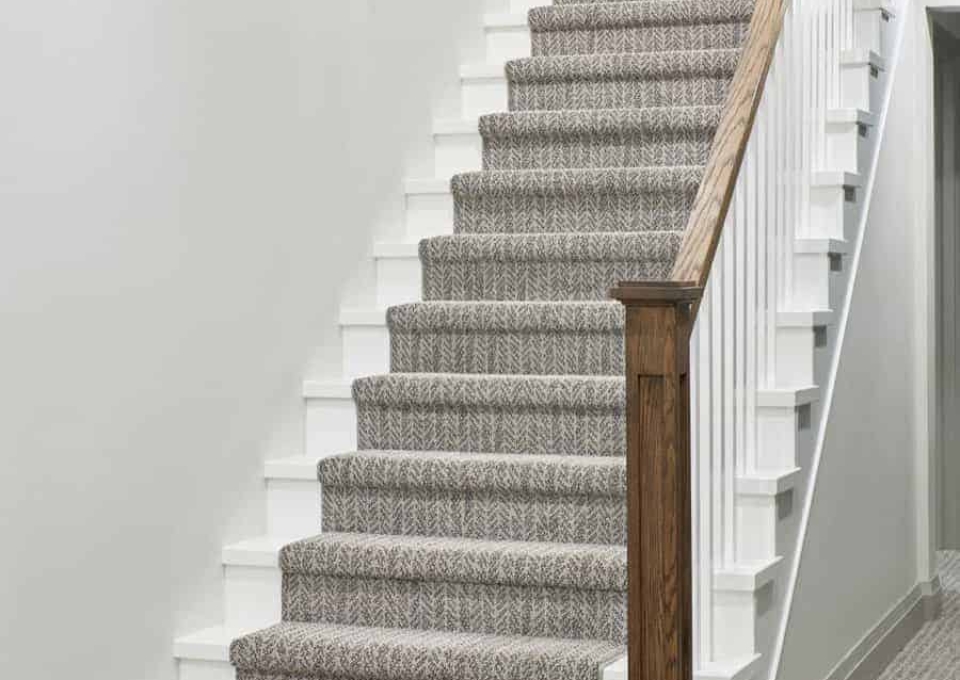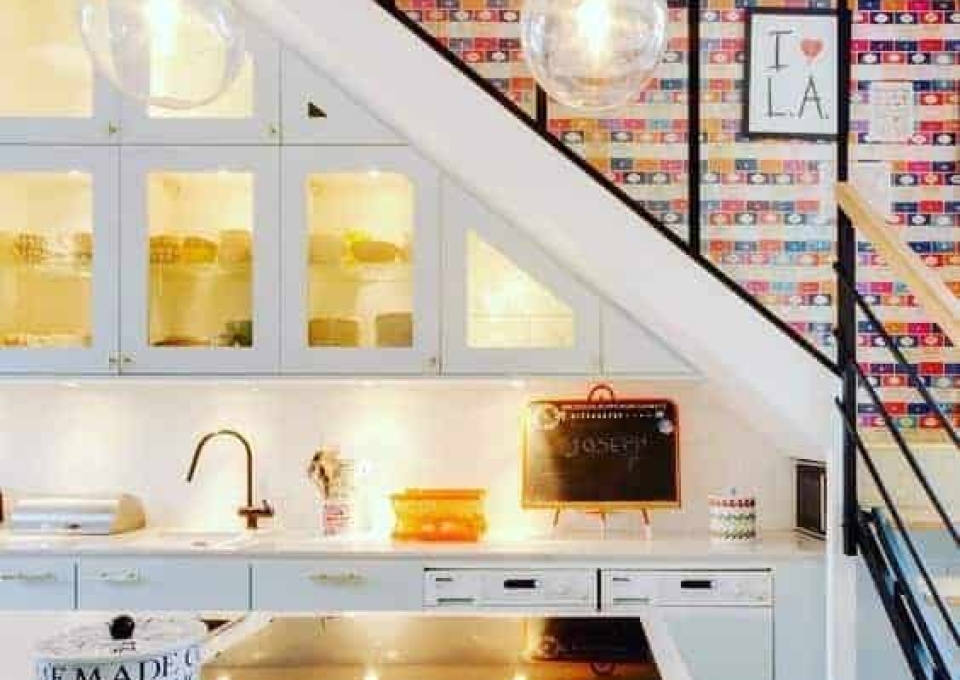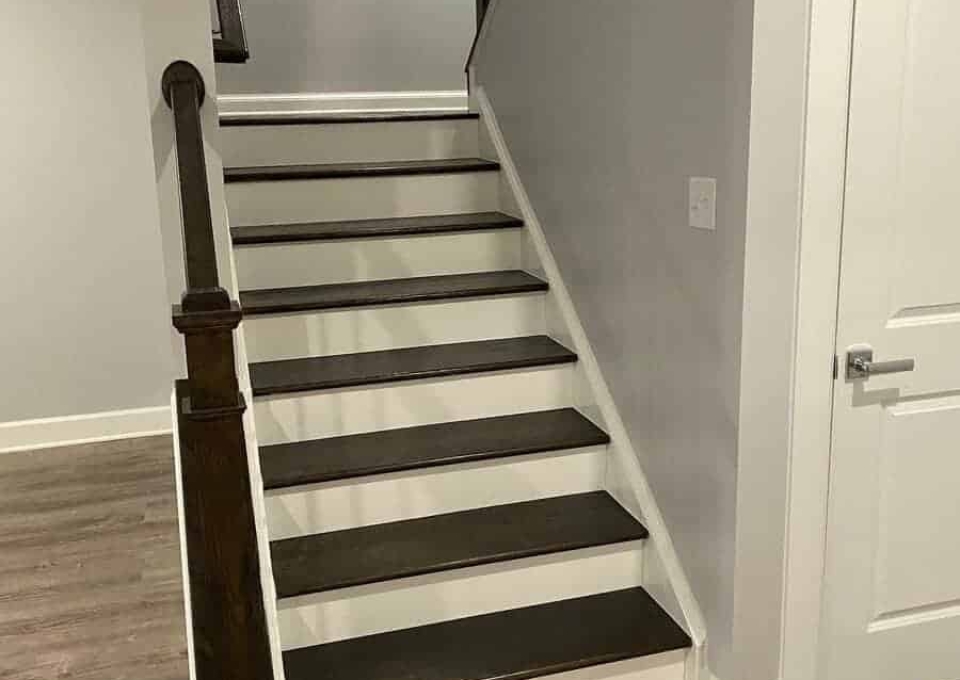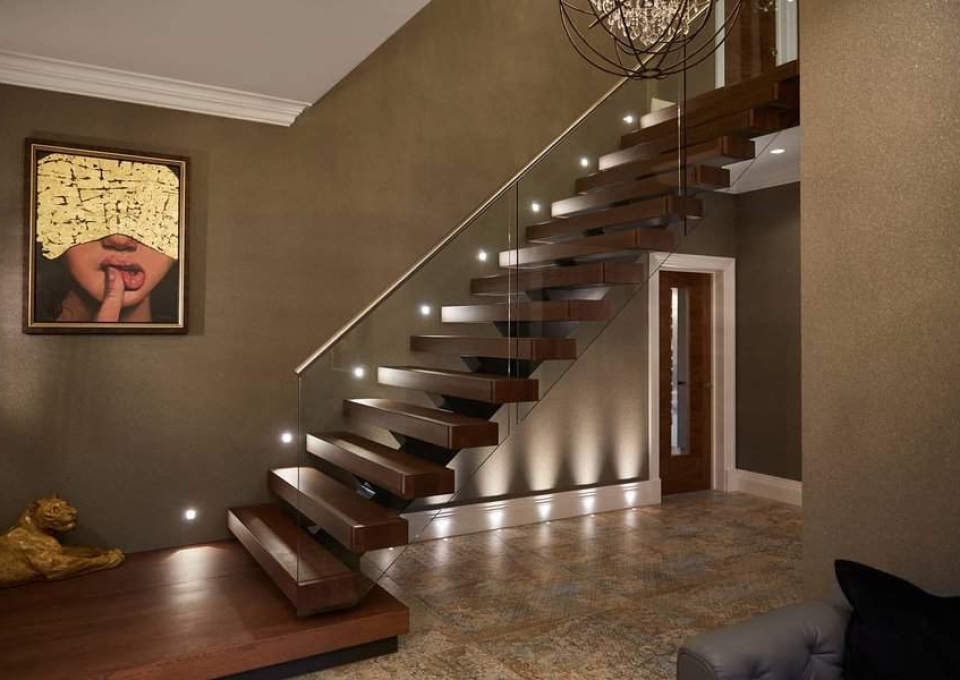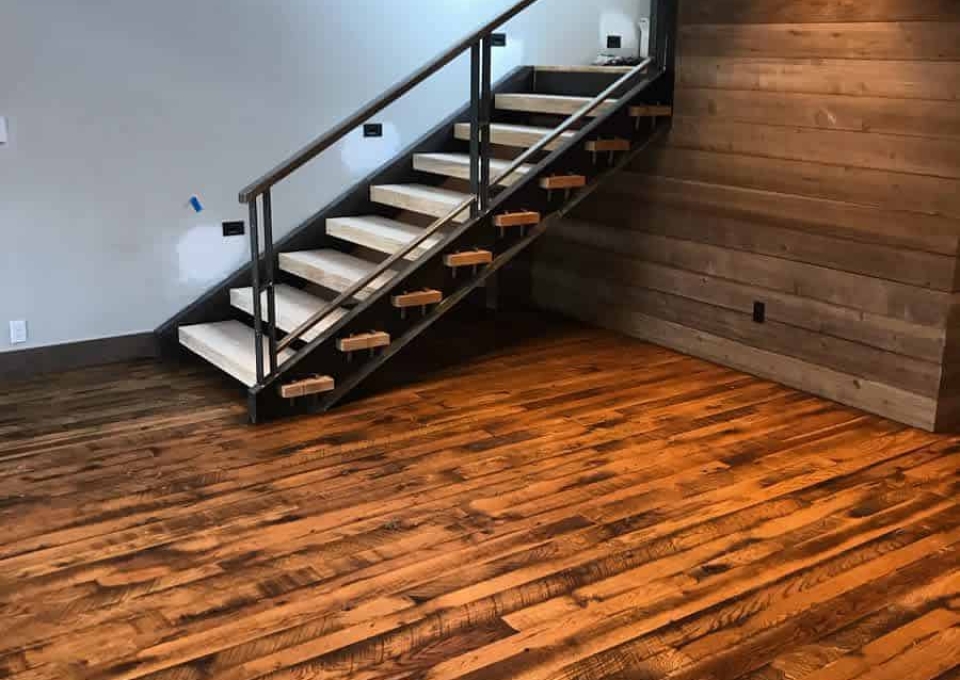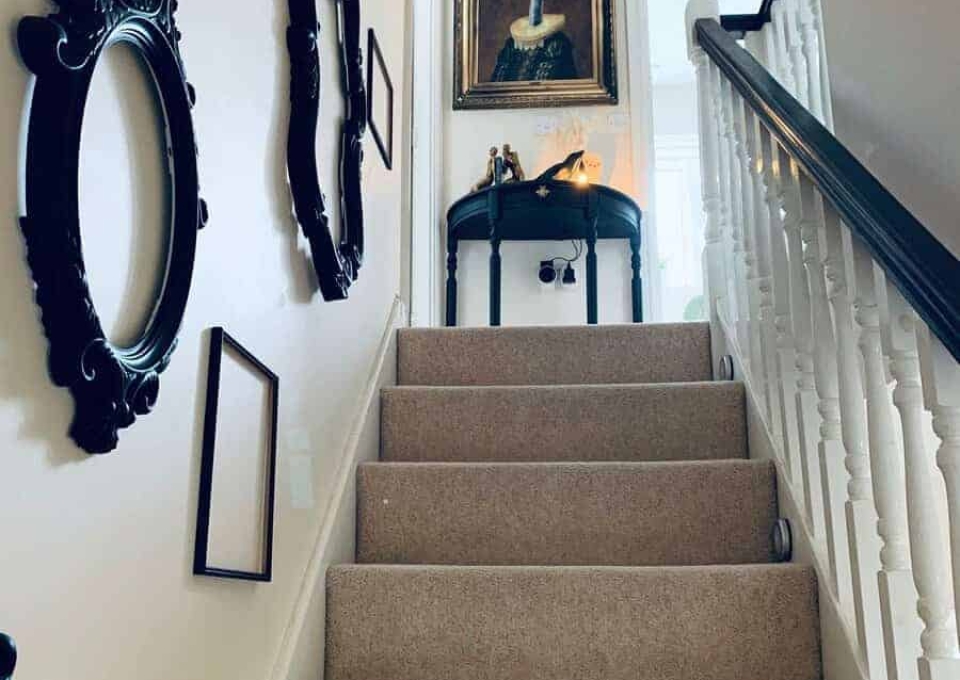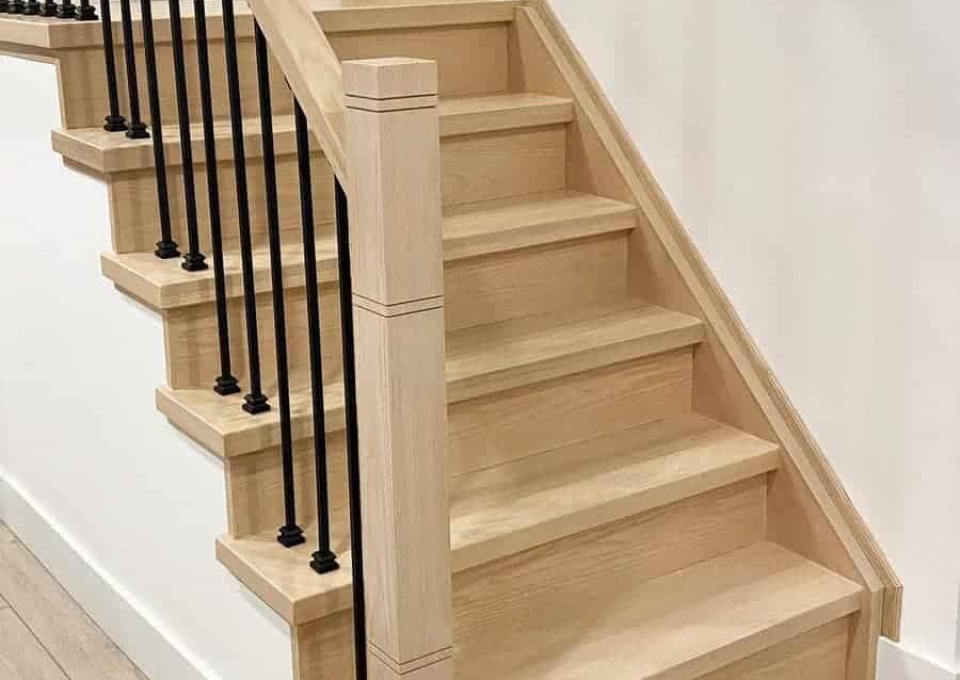Introduction to Basement Stairway Design
Contents
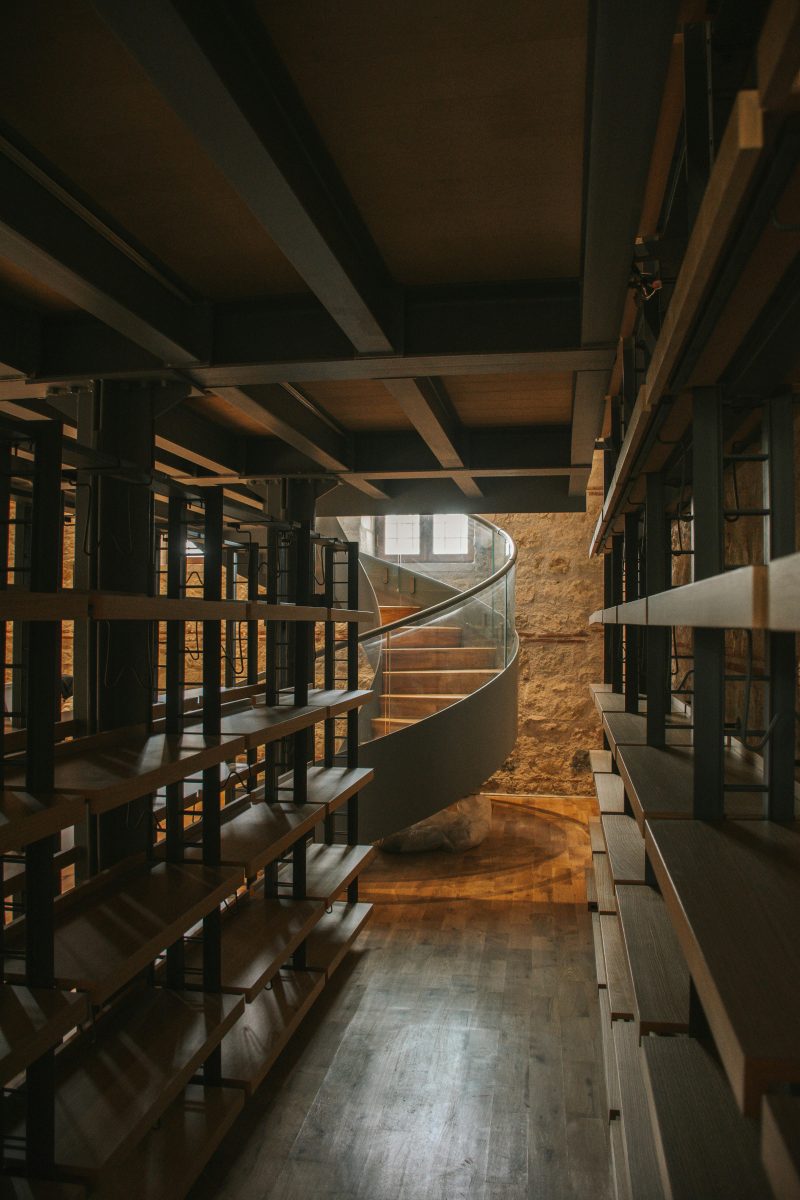
Importance of Design in Enhancing Functionality and Aesthetics
Designing a basement stairway is not just about connecting two levels; it’s about combining functionality with aesthetics. Good design turns a simple passage into a feature that improves both the usability and the visual appeal of your home.
Overview of Common Challenges and Solutions in Basement Stairway Design
Space constraints and inadequate lighting are common issues. Effective solutions include using compact stair designs like spiral staircases and strategically placing lights to ensure a safe and welcoming passage. Using durable, visually appealing materials can also enhance the overall look of your basement.
Planning Your Basement Stairway Renovation
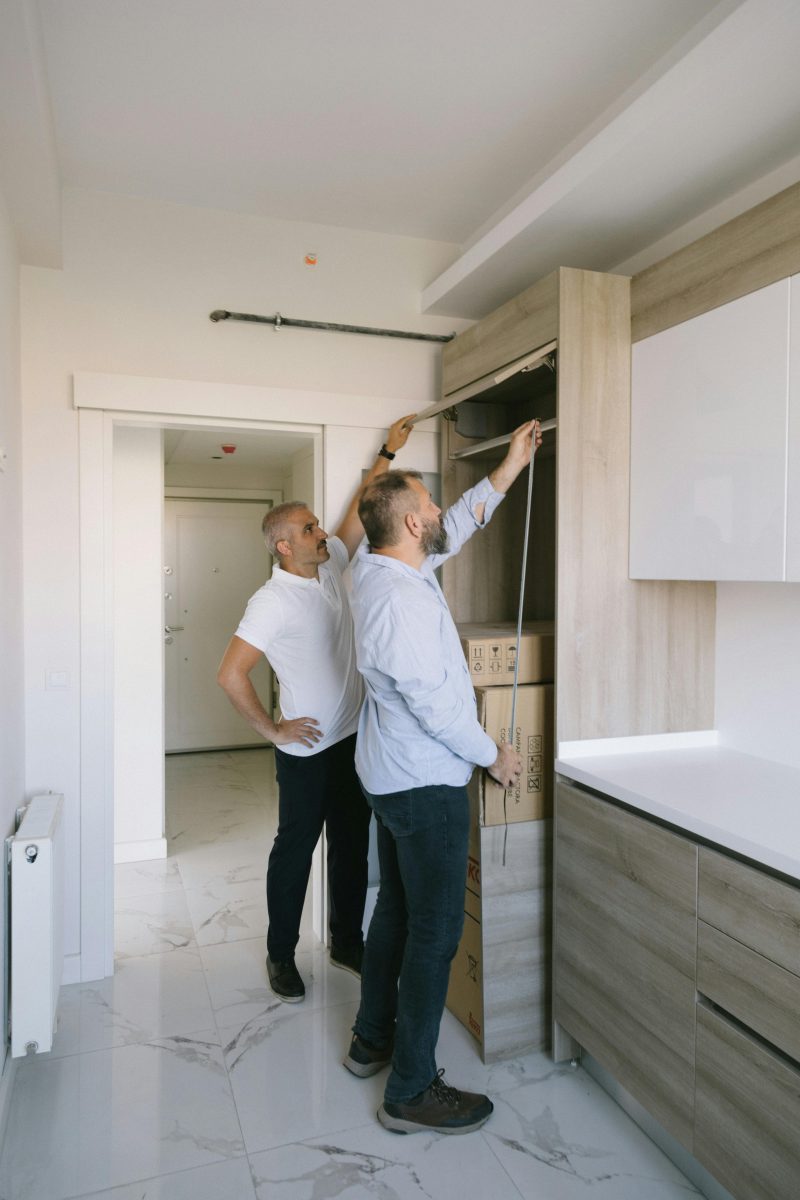
Assessing Your Current Basement Stairway
Start by examining the existing structure. Is it stable and compliant with building codes? Check the width, headroom, and material condition. Identifying these factors will highlight what needs improvement and what can be kept, providing a clear starting point for your renovation project.
Setting Goals for Your Renovation
- Enhance Safety: Focus on installing sturdy railings and non-slip treads.
- Improve Aesthetics: Select materials and designs that match your home’s interior.
- Maximize Space: Choose functional and space-efficient designs, like sleek, open staircases or compact spirals.
Budget Considerations for Basement Stairway Design
Set a budget early. Include costs for materials, labor, and potential unexpected issues. A well-planned budget ensures a balance between quality and affordability, enhancing your home’s value and functionality.
Selecting Durable and Stylish Materials

Understanding Different Material Options
When choosing materials for your basement stairway, focus on durability, cost, and style. Hardwoods are elegant and durable, perfect for high-traffic areas. Metals like steel and aluminum offer strength and a modern look. For budget-friendly options, consider engineered wood and laminate, which are both affordable and stylish.
Balancing Cost, Aesthetics, and Longevity
- Durability: Select materials that withstand wear and tear for long-lasting use.
- Style: Choose finishes that match your home’s interior to enhance its look.
- Cost-Effectiveness: Invest in high-quality materials that reduce maintenance and replacement costs over time.
Safety Considerations in Basement Stairway Design
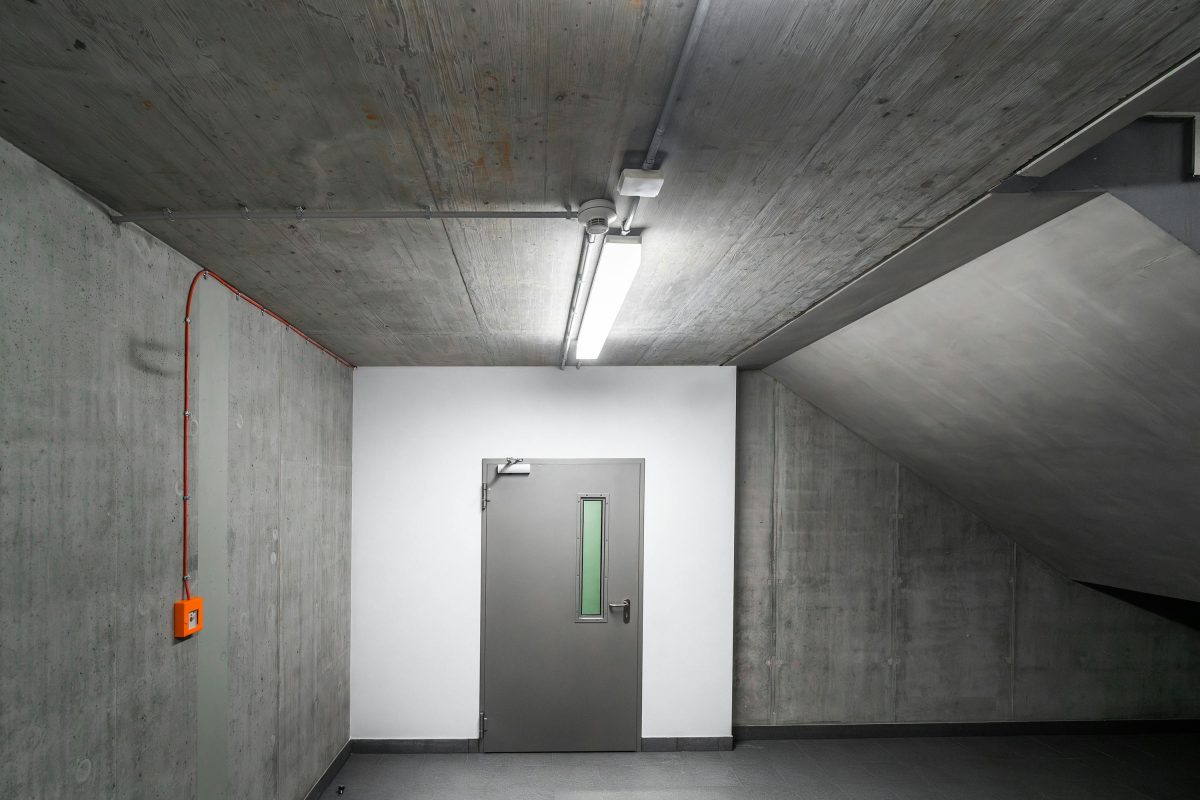
Importance of Safety in Stair Design
Safety is crucial in basement stairway design. A well-designed stairway reduces risks and ensures safe movement up and down the stairs. Prioritizing safety protects your family and improves your home’s functionality.
Key Safety Features to Include in Your Plan
- Proper Lighting: Ensure adequate lighting to prevent missteps and falls by making each step visible.
- Sturdy Railings: Install strong railings that are easily reachable for all users, including children.
- Non-Slip Treads: Use non-slip treads, especially in damp areas like basements, to prevent slips.
- Appropriate Width and Headroom: Maintain comfortable width and sufficient headroom to prevent accidents and avoid a claustrophobic feel.
Enhance Your Basement Stairs with Elegant Runners
Upgrade your basement stairs with runners for a blend of style and function. These fabric strips not only add a decorative touch but also provide warmth, comfort, and essential safety by improving grip.
With runners, your design options are endless. Select a pattern that stands out or a subtle color that adds a touch of sophistication. This choice enhances your basement’s overall look, starting from the first step.
Imagine descending into a space where each step is highlighted by a runner that matches your interior’s style. For inspiration, consider the plush designs of Jordanamichal or the custom solutions by Gh Bespokefittedfurniture.
Maximize Your Space with Understairs Basement Stair Cabinets
Unlock the potential of the often-overlooked space beneath your basement stairs. Adding cabinets to this area not only enhances its functionality but also brings a touch of elegance to your stairway. Imagine custom cabinets that keep clutter out of sight or a wine rack that turns a simple storage area into a focal point.
Designinspiredblog’s understairs concept shows how cabinets can seamlessly integrate with your staircase, creating a cohesive look while increasing storage. Organisedhomeandlife takes it further by incorporating organizational systems within these cabinets for easy access to your essentials. Margemerehouse demonstrates that even handrail stencils can complement your cabinetry, adding a refined touch.
Flipokc’s innovative design includes an under-stairs wine rack that combines style with practicality—perfect for wine lovers who want to display their collection. Renovation Atnumber offers a bold combination of basement stairs and understair cabinets, providing not just storage but a striking design element.
By thoughtfully designing understairs cabinets, you can transform unused space into a practical and stylish feature in your basement.
Narrow Basement Stair Ideas
Transform your narrow basement stairway into a blend of elegance and functionality. With the right design choices, these stairs can appear more spacious and stylish. Consider open risers or floating stairs—they not only look modern but also create the illusion of more space. Metal or glass railings maintain an open feel, keeping the design clean and contemporary.
Lighting serves both aesthetic and safety purposes. LED strip lights under each step provide a soft glow, enhancing visibility and adding a modern touch. Smart storage solutions can be discreet yet effective. Think pull-out drawers beneath each step or a bookcase integrated along the sidewall.
Light-colored walls can visually expand the space, while mirrors amplify this effect by reflecting light throughout the stairwell. Opt for slim-profile handrails and minimalist fixtures to ensure efficient use of space.
Take inspiration from designs like the bullnose steps by Lizzydesigns, which offer both elegance and comfort. These stairs can be more than just a passage; they can be a functional and stylish feature of your home.

- Open RisersInvite lightness into the design, making the stairway feel more expansive.
- Integrated StorageMaximize functionality without compromising on space or style.
- Strategic LightingLEDs offer a sleek solution that enhances both ambiance and safety.
- Color and ReflectionUse light shades and mirrors to create a sense of openness.
Revitalize Your Basement Stairs with Paint and Wallpaper
Imagine a staircase that impresses with every step. Using paint and wallpaper can transform your descent into a visual experience, making the ordinary extraordinary. A staircase is not just a path but a potential masterpiece underfoot.
Select a bold paint for the treads, a shade that anchors the space and complements the wallpaper. Navy or charcoal are not just colors; they make statements, setting the stage for the patterns on the walls.
Wallpaper with texture or metallics adds depth, creating a visual story. Geometric or floral designs each tell their own tale, turning your basement into a stylish space.
Look to AK Construction’s chic painted stairs or Moscato Home Improvements’ blend of style and function for inspiration. Candy Vixen’s riser quotes add a personal touch, while Chautauqua Lake Property shows the harmony of carpeted steps with striking wall coverings.
With each descent, let creativity guide you, making the journey a key part of your home’s charm.
Open Basement Stair Ideas with Floating Stairs
Step into modern home design with floating stairs, transforming your basement into a contemporary space. These stairs are not just a pathway; they’re a standout feature that draws attention. The open riser design adds minimalist elegance and allows light to flow, creating an airy feel in your basement.
Whether you prefer the warmth of wood or the sleekness of metal, floating stairs offer various customization options. They combine form and function, enhancing your decor while optimizing your basement’s layout.
Let these examples inspire your renovation:
- Wooden Warmth: Choose timber for a cozy, natural ambiance.
- Metallic Sleekness: Opt for steel or aluminum for a modern, industrial look.
- Custom Contours: Customize the design to fit your space perfectly.
Rustic Basement Stair Ideas with Wood and Metal
Step into a space where the rustic appeal of wood meets the industrial touch of metal. These materials together create stairs that are both functional and stylish. Imagine the rich textures of reclaimed wood underfoot, each plank telling its own story, paired with the clean lines of metal balusters or handrails.
Whether it’s the rugged look of weathered wood supported by strong metal stringers or the polished finish of wooden planks with decorative wrought iron, the options are numerous. For a modern twist, consider floating wooden steps supported by steel – a blend of tradition and contemporary design.
Each staircase is a well-crafted piece, combining practicality with visual appeal.
Enhance Your Basement Stairs with Captivating Wall Art
Transform your basement stairwell into a visual experience. Wall art can turn these often-overlooked spaces into engaging galleries, adding character and depth.
Imagine a gallery wall featuring abstract canvases, vintage pieces, and framed memories. This diverse collection reflects your personal story and keeps the area interesting.
Select art that complements your basement’s color scheme and style. Whether you prefer monochrome elegance or vibrant hues, ensure your stairwell aligns with the overall design of your basement.
Carpeted Steps for Basement Stairs: A Fusion of Comfort and Style
Imagine descending into your basement, each step a quiet statement of style. Carpeted stairs offer tactile pleasure, cushioning your footsteps and creating a sense of calm. They are not just stairs; they are a soft welcome to the lower quarters of your home.
Picture the elegance of a staircase covered in a carpet that matches your design sensibilities. A bold navy or a refined charcoal enhances grip and reduces slips. It’s a blend of form and function, where safety meets sophistication.
Carpeted steps are more than an aesthetic choice; they provide tranquility. Let a well-chosen carpet transform your basement stairs into a statement of luxury and comfort.

- Sound Insulation: Enjoy hushed footfalls, as carpets absorb sound, ensuring peace for every level of your home.
- Style Harmony: Select a hue that harmonizes with your basement’s palette, creating a seamless transition from one space to another.
- Pattern Play: Opt for patterns to inject personality, or embrace the elegance of neutrals for a classic look.
DIY Handrails for Basement Stairs
Enhance your basement stairs with handrails that combine safety and style. The right DIY handrail can turn a simple pathway into an elegant feature. Start by choosing a material that complements your space—consider the industrial look of metal or the cozy feel of wood.
Begin by measuring your staircase to determine the required length of materials. Choose a handrail style that fits your vision and meets safety standards. Cut and prepare your materials, install the posts at regular intervals, and ensure the handrail is secure and comfortable to hold.
Take inspiration from designs like “Stair Rail Basement Stair Ideas Styledbyana”, which pairs composite stairs with wood and metal handrails for a rustic yet sturdy look. Or consider the sleek “Stair Rail Basement Stair Ideas Patrickafinnltd”, featuring a horizontal handrail screen for a modern touch.
- Material Selection: Choose materials that match your basement’s style.
- Design Compliance: Select a design that meets local building codes for safety and aesthetics.
- Installation Precision: Secure posts firmly and attach the handrail for a polished finish.
These DIY handrail projects enhance the safety and functionality of your basement stairs while reflecting your personal style. With the right approach, your staircase can become a standout feature of your home’s interior.
In Closing
Innovative basement stairway designs combine functionality with visual appeal, turning ordinary spaces into key elements of your home’s interior. By addressing common challenges with smart, space-efficient solutions and choosing materials that balance durability with style, homeowners can significantly improve both the safety and attractiveness of their lower levels. As you consider these design ideas, remember the potential to not only increase your home’s value but also enhance your daily living experience. Embrace these concepts to make your basement stairway a standout feature that combines practicality with personal style.

